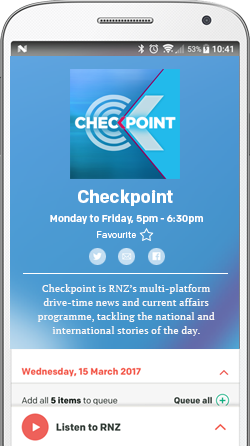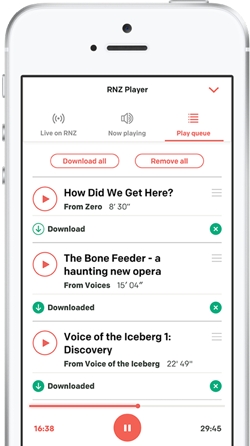A virtual climate centre for the Pacific could be operating by the end of the year, giving local weather forecasters easy access to regional information.
The online centre will be run by the Pacific Meteorological Council, which says a regional perspective will enhance the prediction of long-term weather patterns that can cause droughts and cyclones.
The council's chair Andrew Tait told Ben Robinson Drawbridge the centre will also enable countries to share their weather data.

A NASA image shows Tropical Cyclone Ian when it was skirting Fiji.
Photo: AFP / NASA / HANDOUT
Transcript
ANDREW TAIT: The idea was that met services across the Pacific islands are all tasked with obviously doing their weather forecast but also doing things like monitoring climatic conditions over the season and over the last few years. Things like how an El Nino or a LaNina might be developing and what that means for sea surface temps, winds and rainfall patterns. They are also tasked with doing forecasts out for the next coming season in terms of things like the risk for tropical cyclones. And so every met service throughout the Pacific and every country is doing these same things and their to some degree they are on their own when they have to do this. So what was decided at this regional meeting, and it was supported by the Pacific Meteorological Council, was that it would be extremely beneficial if there was a regional entity that provided base information on climatic conditions - how the climate had been varying and how the sea temperatures had been varying over the last few years or so and what the current conditions are and based on international models describe what the most likely forecasts would be for the coming season over the entire Pacific basin. So that regional centre if you like, providing this regional picture of climate conditions, is what we are hoping to get up and running up ideally by the end of this year.
BEN ROBINSON-DRAWBRIDGE: But it's not going to be a centre as such?
AT: It's not a bricks and mortar building. It's a virtual centre and it will have a presence on the internet as a web page and will have contributors that will be providing information, including NIWA from New Zealand, but also from Australia, the Bureau of Met, Met France and Noah from the United States as well as contributors from within the region such as SPREP, the Secretariat of the Regional Environment Programme and also the Pacific Community ,the SPC. So they are providing information and guidance from within the region as well that will be presented on this web forum if you like or hub of regional information, for all the met services in the region to access.
BR: Will it also be collating information from the individual met services?
AT: Yeah, so every met service is also collecting data but there is very little way to sharing that information across the region and it is a massive region and so having some insight into what is going on in your neighbourhood is actually of some way beneficial to you. So looking into ways to better share that data collected and the regional climate centre is a perfect opportunity to manage at least a subset of data collated across the region and be able to share that and create maps and products from those data that will have a regional focus that will be beneficial to all.
Andrew Tait said entities and states that share data with the Pacific's virtual climate centre will also provide its funding.
To embed this content on your own webpage, cut and paste the following:
See terms of use.


